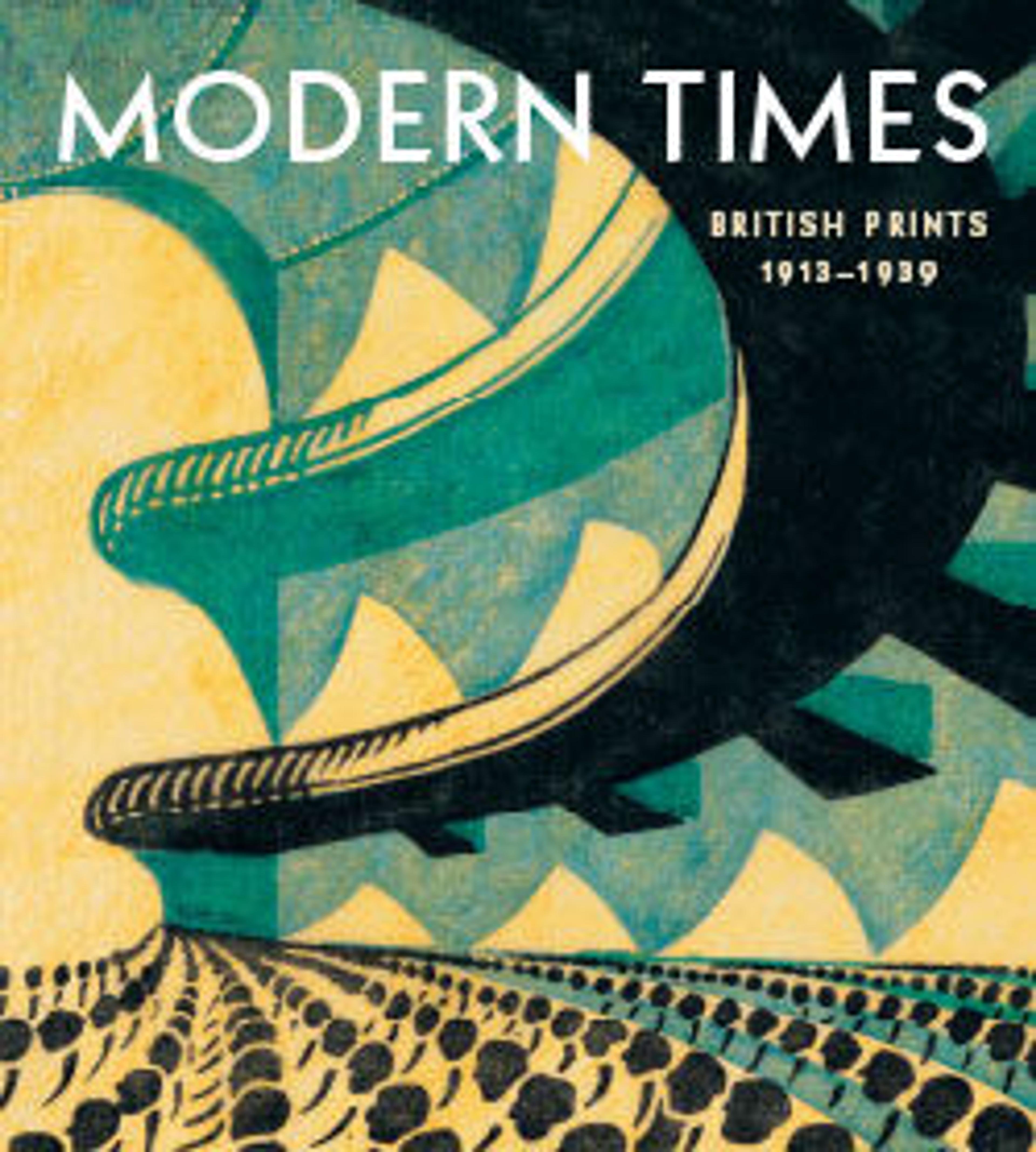The Windmill
Andrews often focused on the natural elements, particularly in pastoral settings. The Windmill conveys nature’s magnificent power and its potential for both production and destruction, a duality also seen in Nevinson’s The Blue Wave. Harnessing nature and revealing its extraordinary force, a large windmill dominates the composition; the spiky forms of its blades are echoed in the knife-like shadows on the ground and seem to refract into the splintered blue-and-white sky. Its image is echoed in the smaller form behind it, which resembles a pinwheel or flower. The windmill was one Andrews knew well as it was located in the Suffolk town of Woolpit, near her hometown of Bury St Edmunds. The same windmill also features in an early work by Cyril Power, Elmers Mill, Woolpit (ca. 1925), believed to be his first linocut.
Artwork Details
- Title: The Windmill
- Artist: Sybil Andrews (Canadian (born England), Bury St. Edmunds, Suffolk 1898–1992 Victoria, British Columbia)
- Date: 1933
- Medium: Color linocut on Japanese paper
- Dimensions: Sheet: 14 1/4 × 10 1/2 in. (36.2 × 26.7 cm)
Image: 12 1/2 × 8 11/16 in. (31.8 × 22 cm) - Classification: Prints
- Credit Line: Purchase, Leslie and Johanna Garfield Gift, Lila Acheson Wallace, Charles and Jessie Price, and David T Schiff Gifts, The Elisha Whittelsey Collection, The Elisha Whittelsey Fund, Dolores Valvidia Hurlburt Bequest, PECO Foundation and Friends of Drawings and Prints Gifts, and funds from various donors, 2019
- Object Number: 2019.592.326
- Curatorial Department: Drawings and Prints
More Artwork
Research Resources
The Met provides unparalleled resources for research and welcomes an international community of students and scholars. The Met's Open Access API is where creators and researchers can connect to the The Met collection. Open Access data and public domain images are available for unrestricted commercial and noncommercial use without permission or fee.
To request images under copyright and other restrictions, please use this Image Request form.
Feedback
We continue to research and examine historical and cultural context for objects in The Met collection. If you have comments or questions about this object record, please complete and submit this form. The Museum looks forward to receiving your comments.
